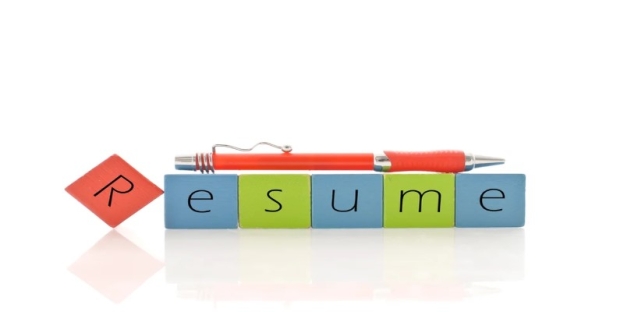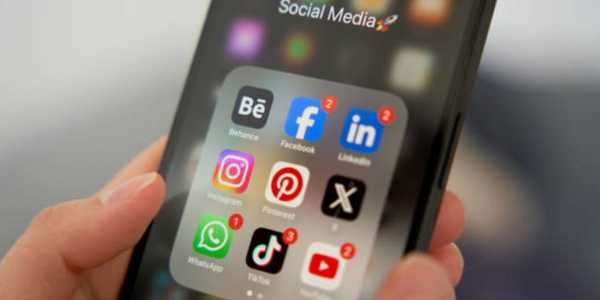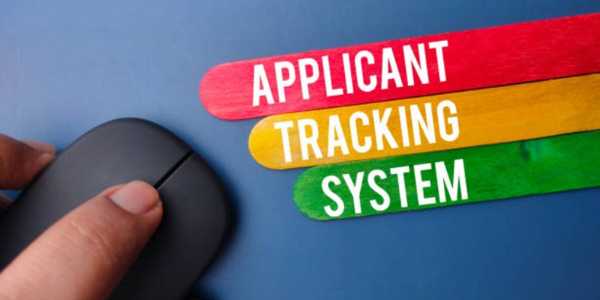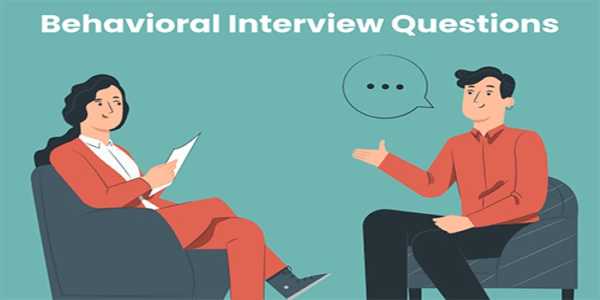What To Include In A Cover Letter Today
Are you tired of submitting cover letters that never get a response? Or maybe you're unsure whether hiring managers even read them anymore? Here's the truth: a well-written cover letter still holds weight, especially when it feels tailored, authentic, and aligned with today’s fast-moving job market.
But what should you actually include in a cover letter now, in this competitive, AI-saturated job environment where attention spans are shrinking and expectations keep evolving? If you're about to apply for your dream job, or even just exploring new opportunities, this is what you need to know before hitting "Send." Let's break it down in a way that makes sense, grabs attention, and keeps your reader engaged.
Start Strong With A Personal Hook
Forget the robotic “Dear Hiring Manager, I am writing to apply for the [Job Title] position...” That’s the fast lane to the “maybe” pile. Instead, catch their eye right away. Start with something specific and personal—a story, a bold statement, or a compelling question.
Here’s an example of how to kick things off:
"When I led a team of five to launch a new customer onboarding system that improved retention by 40%, I realized how much I thrive in roles that blend strategy with problem-solving. That’s why I’m excited about this opportunity at [Company Name]."
Don’t Just Repeat Your Resume—Add Context And Personality
This is where many cover letters go stale. Think of the letter as a companion piece to your resume, not a rewrite. Your resume shows what you did. The cover letter explains why it matters, how you did it, and what makes you different.

Hiring managers want to see your thought process. They want to understand what drives you, how you solve problems, and what kind of colleague you’ll be.
Let’s say your resume shows you increased social media engagement by 120%. In the cover letter, you can describe how you noticed declining numbers, initiated a cross-platform strategy using A/B testing, and collaborated with design to create content that resonated.
Customize, Customize, Customize
It’s tempting to write one letter and swap out the company name for every new job. But here’s the issue—recruiters can smell a generic template from a mile away. And nothing says “I’m not that interested” more than a cover letter that feels like it could have been sent to ten other companies.
Mention something real about the company you’re applying to. Did you recently read about a new product launch? Are they known for a particular value or culture that you connect with?
Let’s say you're applying to a healthcare tech company. You might write:
"I was impressed by your recent partnership with [XYZ Organization] to expand access to rural care. That mission resonates with me, especially after spending two years working on telehealth solutions for underserved communities."
Highlight Skills That Match The Role—And Be Specific
One of the best things you can do in a cover letter today is to map your skills directly to the job posting—but do it naturally. This doesn’t mean listing every requirement from the ad and checking boxes. Instead, pick 2-3 strengths that clearly align, and illustrate them with brief stories or evidence.
Maybe the job calls for someone who can lead cross-functional teams, write persuasive copy, or analyze data to drive decision-making. Whatever they ask, show that you've done it and what the impact was.
Say it like this:
"At [Previous Company], I led a weekly data review that helped the marketing and product teams spot performance dips early, saving our team nearly $50,000 in churn-related costs in Q2."
Tone: Keep It Professional, But Let Your Voice Shine Through
One reason many cover letters sound flat is that people are afraid to show any personality. Yes, your tone should be professional, but it should also reflect you. You want to come across as someone people want to work with, not a text generator.
Read your draft out loud. Does it sound like something you would say in a job interview? Or does it feel stiff and over-polished?
Adding a touch of warmth or even light humor (where appropriate) can make your letter memorable. Just keep it within the bounds of the company’s tone and culture. A fintech startup may appreciate a confident, slightly playful tone, while a legal firm might prefer clean professionalism.
Keep It Focused—And Don’t Overstay Your Welcome
The best cover letters are rarely more than one page. In fact, three to four tight paragraphs are often enough. Every sentence should have a purpose. Avoid fluff or vague statements like “I am a hard worker” or “I am passionate about excellence.” Instead, show those qualities in action.

If your draft feels bloated, try this tip: after writing, cut your word count by 20%. You’ll likely find unnecessary padding that you can remove without losing any meaning. And remember: the goal isn’t to say everything. It’s to say just enough to make them want to meet you.
Don’t Skip The Ending—But End With Intention
Too many people finish strong… and then taper off with a weak “Thank you for your consideration.” End on a higher note.
Think of your closing paragraph as the final push. You’ve shown your value and enthusiasm—now invite the next step.
For example:
"I’d love the chance to bring my experience in scalable content strategy to [Company Name], and I’m excited about the opportunity to discuss how I can contribute to your team’s success."
That’s confident, clear, and shows you’re ready to move forward.
Making Your Cover Letter Work For You
At the end of the day, a cover letter is your chance to make a personal connection. It’s a moment to step beyond bullet points and bring your professional story to life. Done well, it can make you stand out from a crowd of equally qualified applicants.
So, whether you're applying for a marketing role at a fast-paced startup, a project manager position at a global enterprise, or your very first internship, your cover letter should reflect who you are today, what you bring, and why it matters. Now, it’s your turn—take these tips, let your voice lead, and go make a strong first impression.





